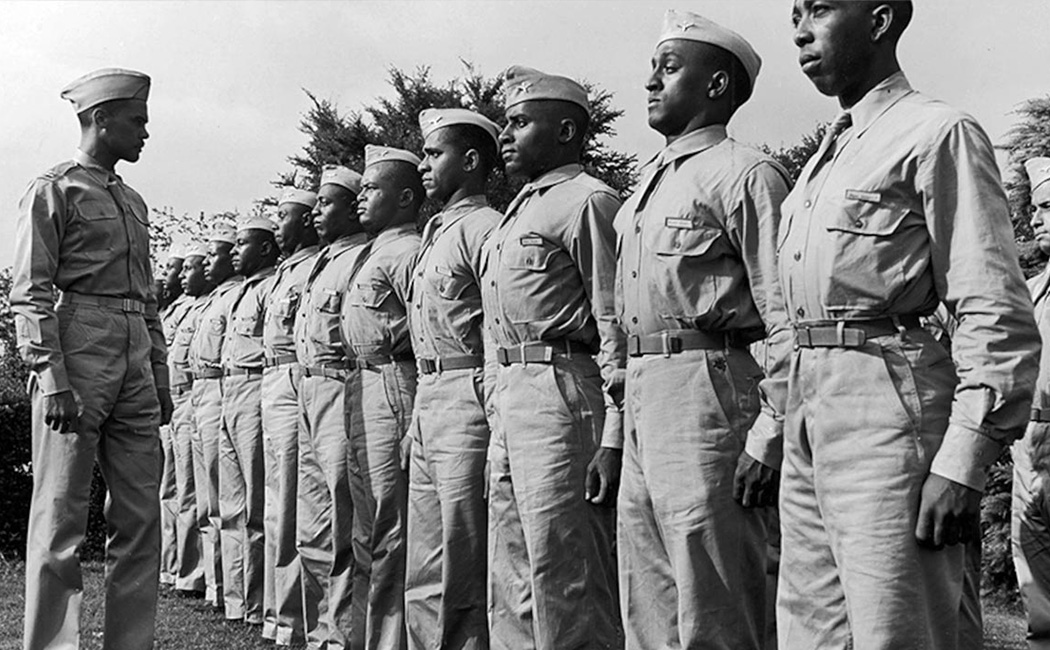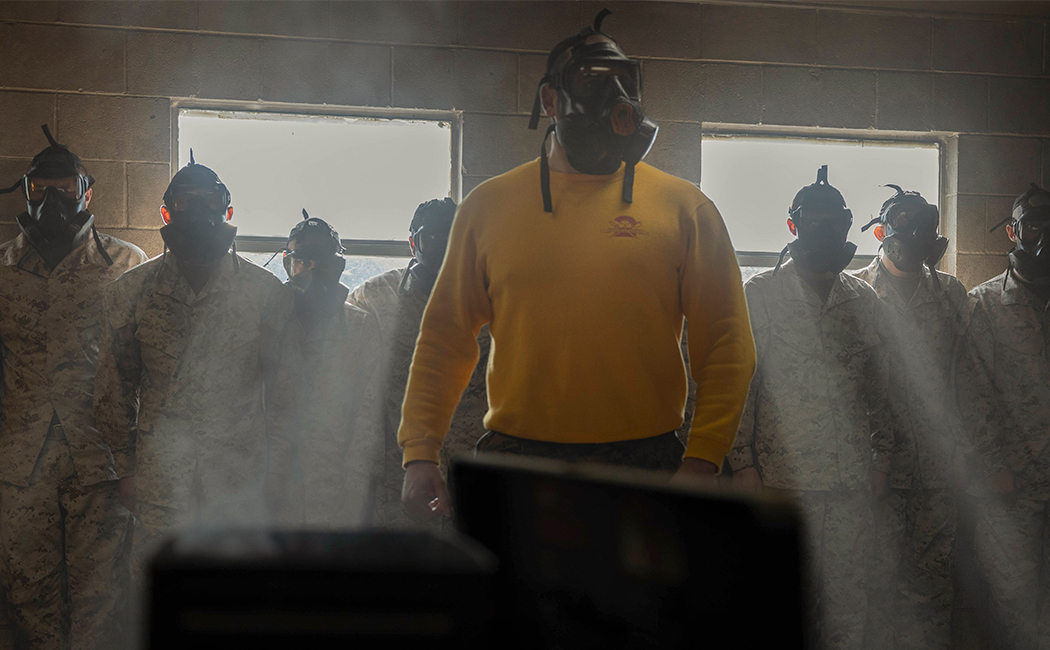
The bureaucratic process of VA disability claims is not for the faint hearted.
Initial claims, Board of Appeals, HLR, Supplemental claims, Secondaries – the list of mysterious VA acronyms and terminology stretches ad infinitum. For veterans struggling with their health, the claims process can often feel like an overwhelming headache.
With basic VA forms starting at 12 pages, it’s no wonder why many veterans find themselves lost and frustrated when it comes to claiming their benefits. Ironically, the process of obtaining disability benefits for physical and mental disabilities often actually exacerbate these conditions.
So, what is the one major hurdle in undertaking the VA disability claims paperwork? The confusing language, of course.
Understanding VA Language
Without learning and understanding at least some basics of the VA lingo, there is no chance for a successful claim outcome. Conquering the complex language of the VA world would take years of diligent study – but learning the various claim options out there is possible for everyone. Get familiar with the language of disability claims and take an active part in advocating for your hard earned benefits.
The first critical step in the claims process is understanding the various types of claims available and which one may be appropriate.
Read on, because choosing the wrong claim type can backlog your paperwork for YEARS.
VA Claim Types
Original Claim: This type of claim is to pursue service-connection for a new condition. This type of claim can be filed upon leaving the military, or decades down the road. Even if this claim is related to other conditions, if you have never claimed for that specific condition or item before it would be an original claim.
Claims for Increase: If your service connected conditions worsen over time the VA may grant you additional compensation based on your current symptoms. This claim is not intended to argue that the VA “underrated” your condition (more on that later)- instead it’s designed to compensate for the decrease in your health and increase in symptoms as time goes on.
Supplemental Claims: If the VA had previously decided upon a claim but new evidence becomes available, you may be eligible for a change in the original decision. Not only can a supplemental claim change the rating from a denial to an approval, it can also change the rating percent issued for a specific condition as well depending on the circumstances. This type of claim relies on providing new and relevant evidence for review by the Department of Veterans Affairs. This claim type is actually a type of appeal (there are 3 appeal types!).
Appeal: Generally when you hear about an appeal, this refers to an Appeal to a Veterans Law Judge. Disagree with the VA decision on your claim, but lacking additional evidence? An appeal may be the right option. The Board decides on appeals with no new evidence, but may require a hearing. Regrettably appeals can be a very long term option and must be pursued within a specific window of time.
Higher Level Review: When you choose to pursue a Higher-Level Review under the VA Appeals Modernization process, you’re asking for another VA employee to review an existing claim. If you were denied or rated incorrectly a HLR may be the solution. This type of review does not require new evidence. Considered yet a third type of Appeal, a Higher Level Review includes another look at your claim by a senior VA reviewer. This review may actually override a prior VA decision based on a difference of opinion, or due to a VA error.
Do Your Research
Whether you are filing for the first time, or have been battling the VA for your disability compensation for years it’s important to choose the correct VA claim types to pursue. Each claim type has strict deadline limitations, and may also affect your “effective date” for your ratings.
Be sure to get all the advice and information you can before submitting any paperwork – choosing wrong may significantly cost you.















